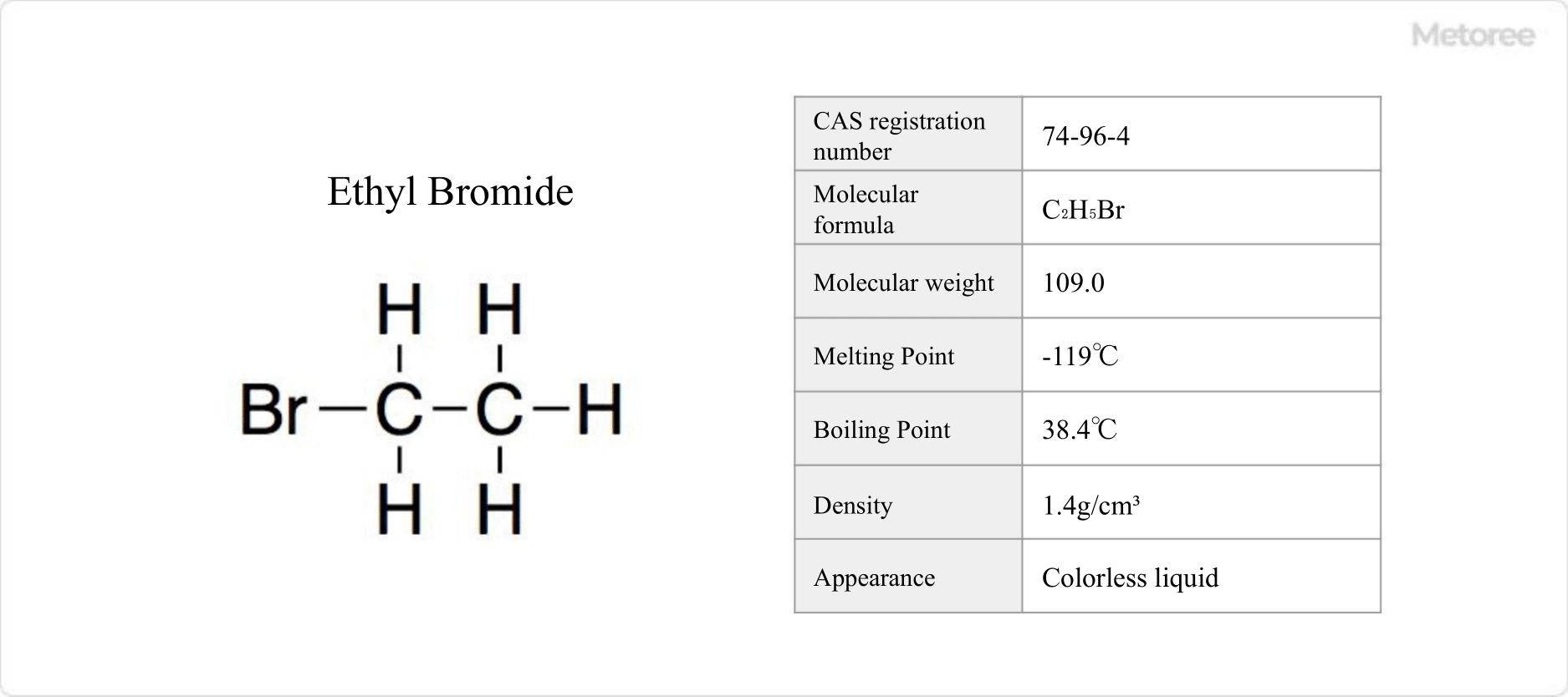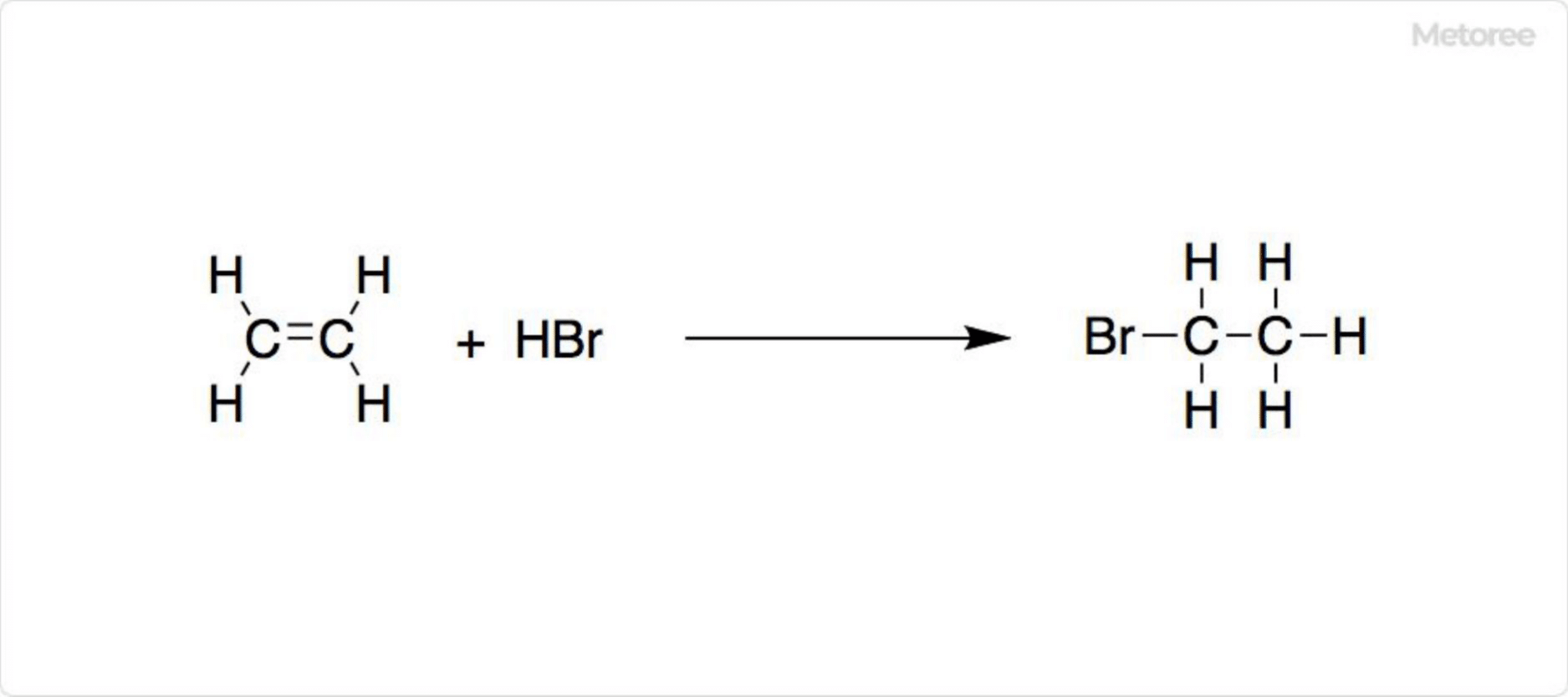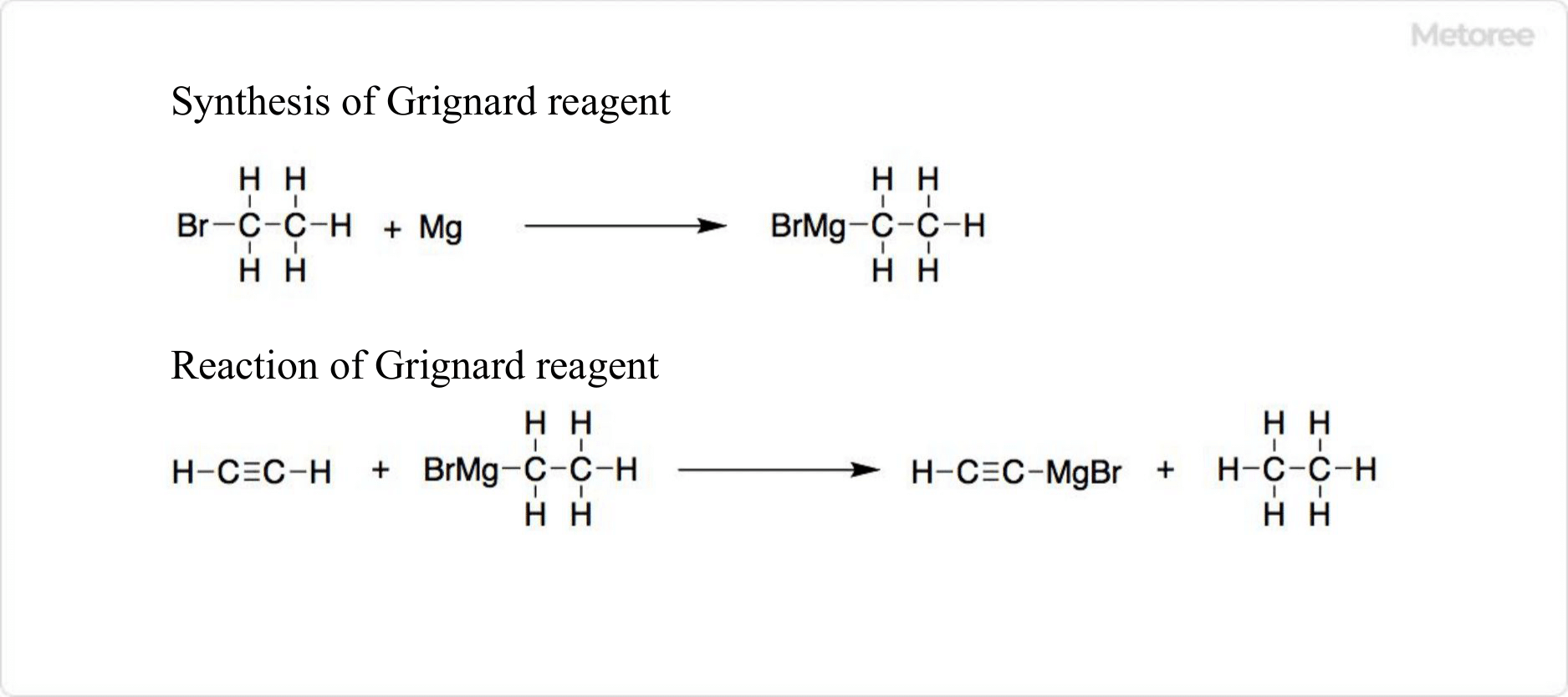What Is Iron Sulfate?
Iron sulfate is an inorganic compound with the chemical formula FeSO4.
It is also called Ferrous Sulfate (II) or Ferrous Iron Sulfate. It is nonflammable, but heating can cause it to become corrosive and produce toxic fumes and vapors.
Iron sulfate is used in the manufacture of flagella, black ink, and pigments, and can be used as a magnetic material, reducing agent, water purifier, mordant, disinfectant, and antiseptic. Iron sulfate (II) is a food additive, and when used in foods, it is labeled as “Iron Sulfate” or “Ferrous Sulfate.
Uses of Iron Sulfate
As a food additive, iron sulfate can be used to prevent color development and discoloration of fruits and vegetables. In addition, it can be found in supplements and nutritional drinks as a nutrient fortifier to provide iron.
Iron is also one of the trace elements necessary for plant growth. It is added to fertilizers to supply iron during plant growth and is used as a raw material for foliar spray solutions. It can also be used as a chemical for wastewater treatment plants using the chemical oxidation method (Fenton process) during coagulation treatment.
Iron sulfate reacts with nitric oxide to form an unstable brown compound. Therefore, it can be used to detect nitrite and nitrate ions.
Properties of Iron Sulfate
Iron sulfate has a pale blue-green appearance and is a crystalline or crystalline powder solid. It is soluble in water, with 26.6 g of the anhydrous form dissolved in 100 g of 20°C water. However, it is virtually insoluble in ethanol. Aqueous solutions are green in color and gradually oxidize. Oxidation is accelerated in alkaline and ethanol solutions.
Iron sulfate is an oxidizable substance. Oxidizability is a property that allows it to be oxidized by oxidizing substances.
Structure of Iron Sulfate
The formula for anhydrous iron sulfate is 151.92. It is also available in 1, 4, 5, and 7 hydrates. Naturally occurring are 1, 5, and 7 hydrates. The 7-hydrate is called melanterite and has the chemical formula FeSO4・7H2O. When anhydrate is exposed to moist air, it changes to septahydrate.
Other Information on Iron Sulfate
1. Synthesis of Iron Sulfate (II)
The reaction of iron sulfate with iron produces hydrogen, yielding iron sulfate. Aqueous solution obtained by air oxidation of pyrite (FeS2) moistened with water can be crystallized at temperatures below 56°C to produce heptahydrate.
Above 56°C, tetrahydrate crystallizes, and above 64°C, monohydrate is produced. Evaporation and concentration of this solution in a vacuum with excess sulfuric acid yields the pentahydrate.
2. Synthesis of Iron Sulfate (III)
In addition to iron sulfate (II), iron sulfate (III) also exists. Iron sulfate (III), also called ferric iron sulfate, is an anhydrate with the formula Fe2(SO4)3 and the formula weight is 399.9. Iron sulfate (III) is available in 3, 6, 7, 7.5, 9, 10, and 12 hydrates, with 7, 7.5, 9, 10, and 12 hydrates occurring in nature.
When an aqueous solution of iron (II) Iron Sulfate is oxidized and concentrated by evaporation, crystals of hydrated iron (III) Iron sulfate can be produced. However, the number of crystalline waters depends on the conditions of crystallization. Heating and dehydration of the hydrate yields iron (III) iron sulfate anhydrate, a white or pale yellow powder.
3. Properties of Iron Sulfate (III)
Iron sulfate (III) anhydrate is deliquescent and decomposes when heated to approximately 480°C, yielding iron oxide. Slightly soluble in water, it takes on a brown color by hydrolysis, and upon warming, a reddish-brown precipitate of basic iron sulfate (III) or iron (III) hydroxide oxide is immediately formed.
Iron sulfate (III) can be used to produce iron alum and Prussian blue. It is also used as a mordant and in pharmaceuticals.
4. Characteristics of Iron (III) Iron (II) Sulfate
Iron (III) sulfate (II), also called ferric ferrous iron sulfate, has the chemical formula FeIIFeIII2(SO4)4. The formula quantity is 551.81.
It is obtained as a reddish-brown powder when a mixture of iron sulfate (II) and acid iron sulfate (III) is exposed to air and occurs naturally as a hydrate. When dissolved in water, it decomposes, and iron sulfate (II) precipitates.


